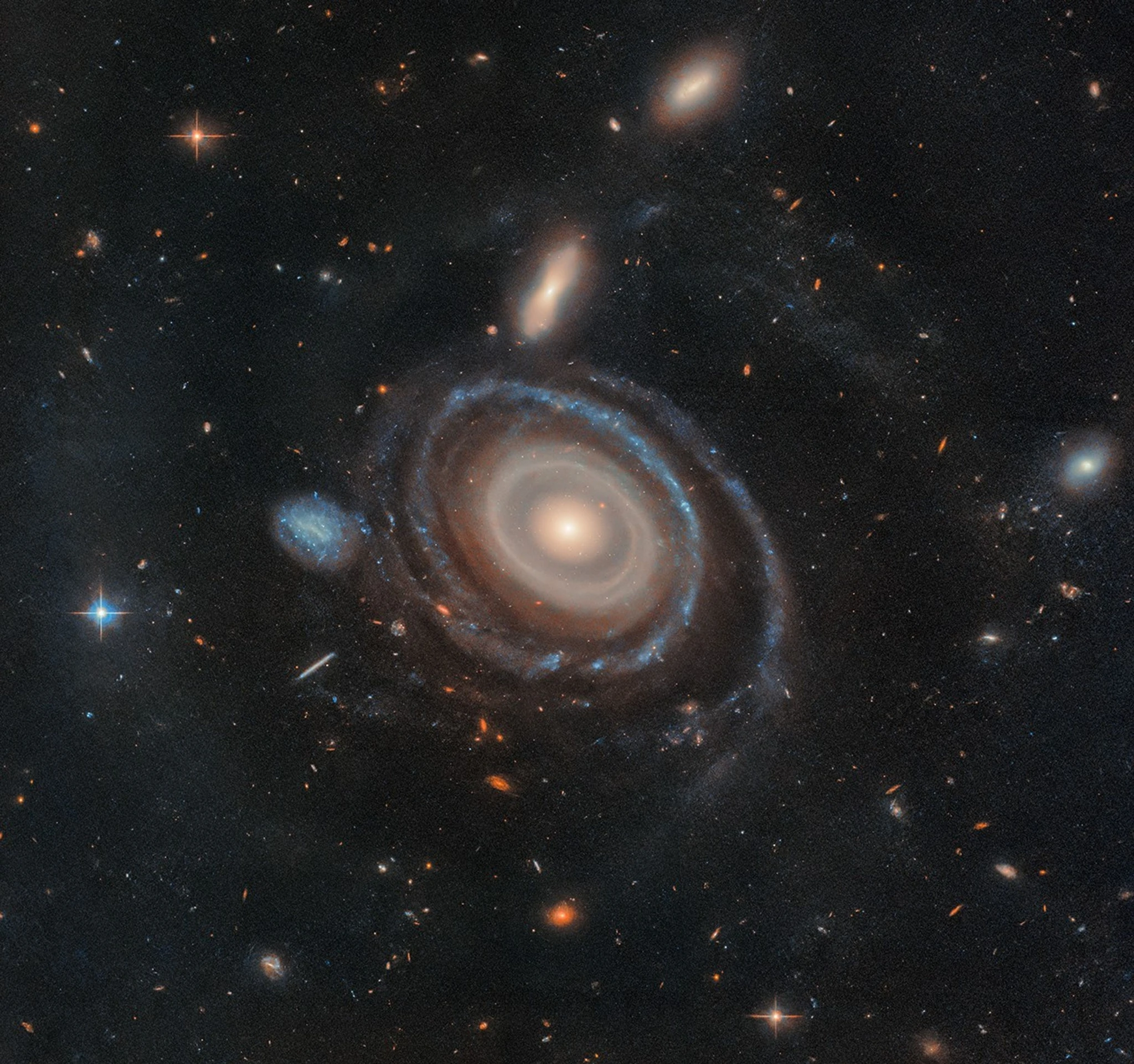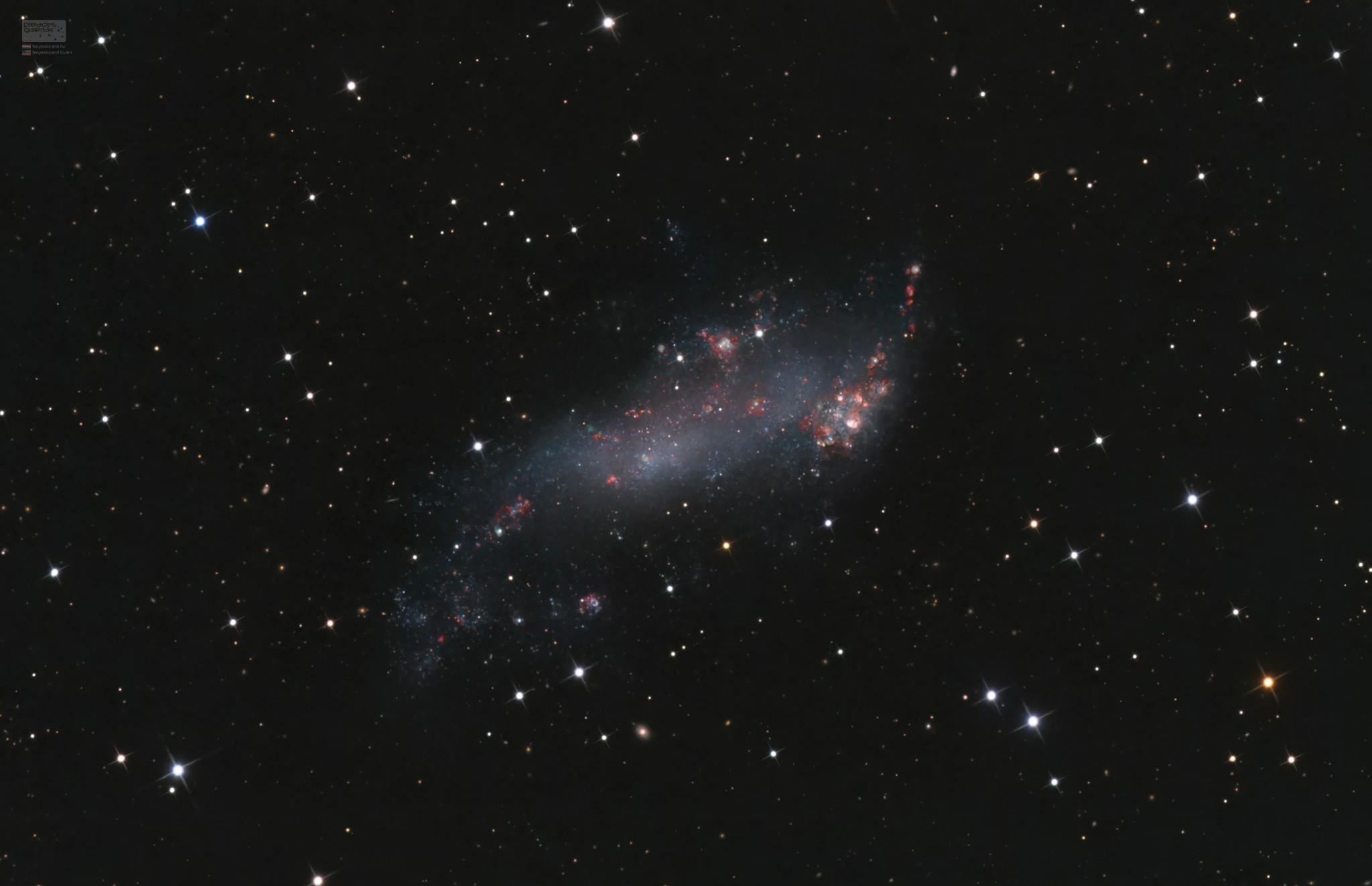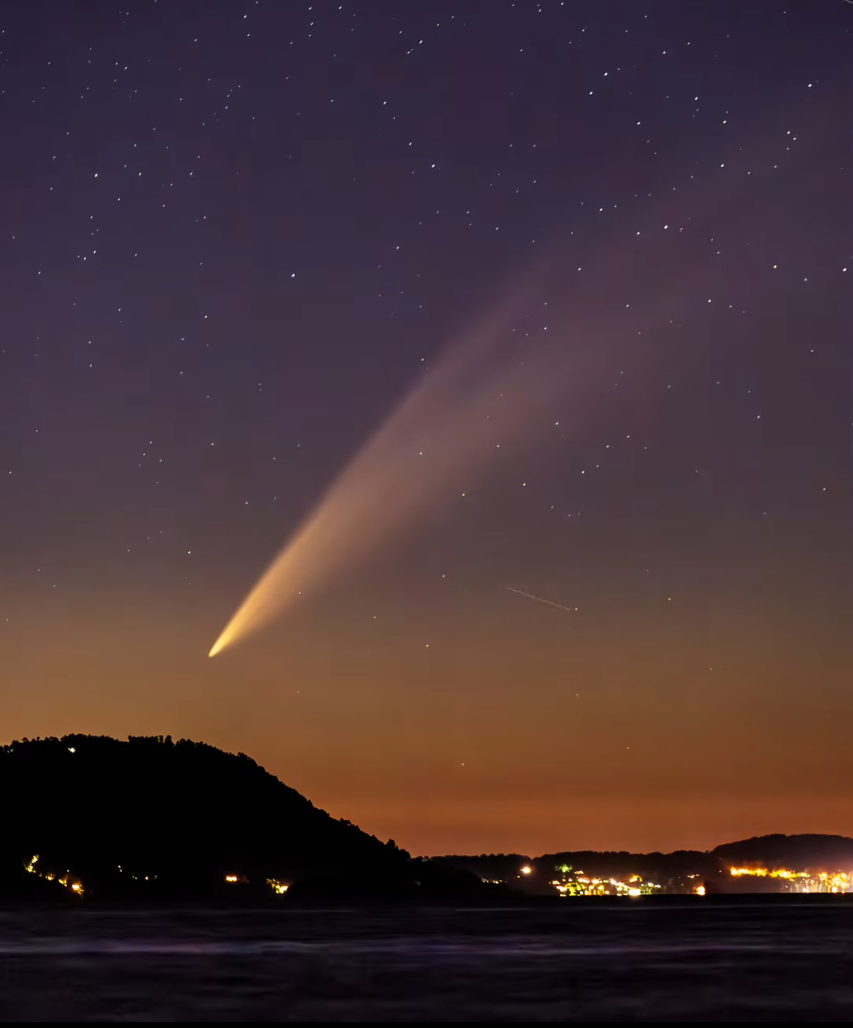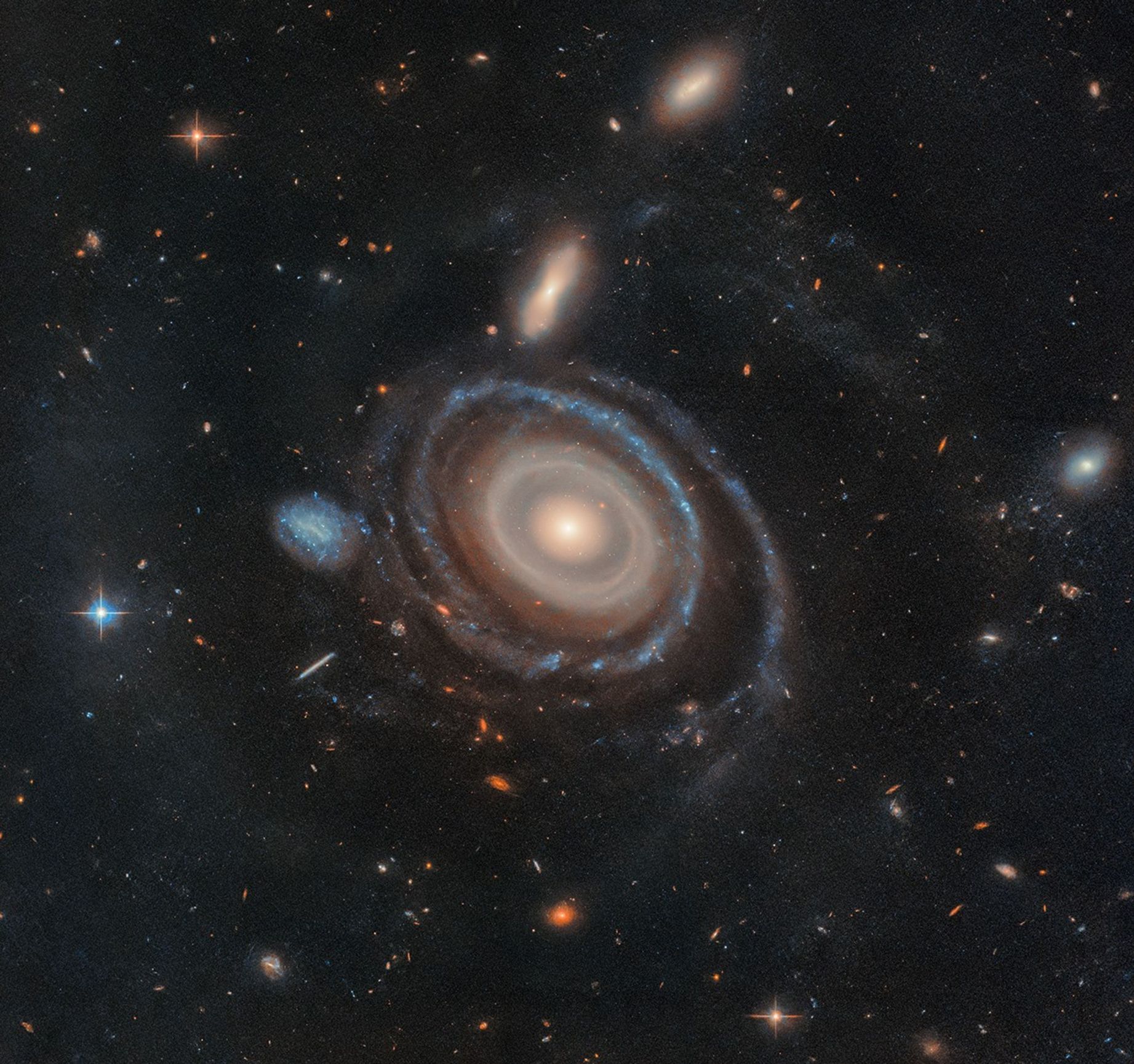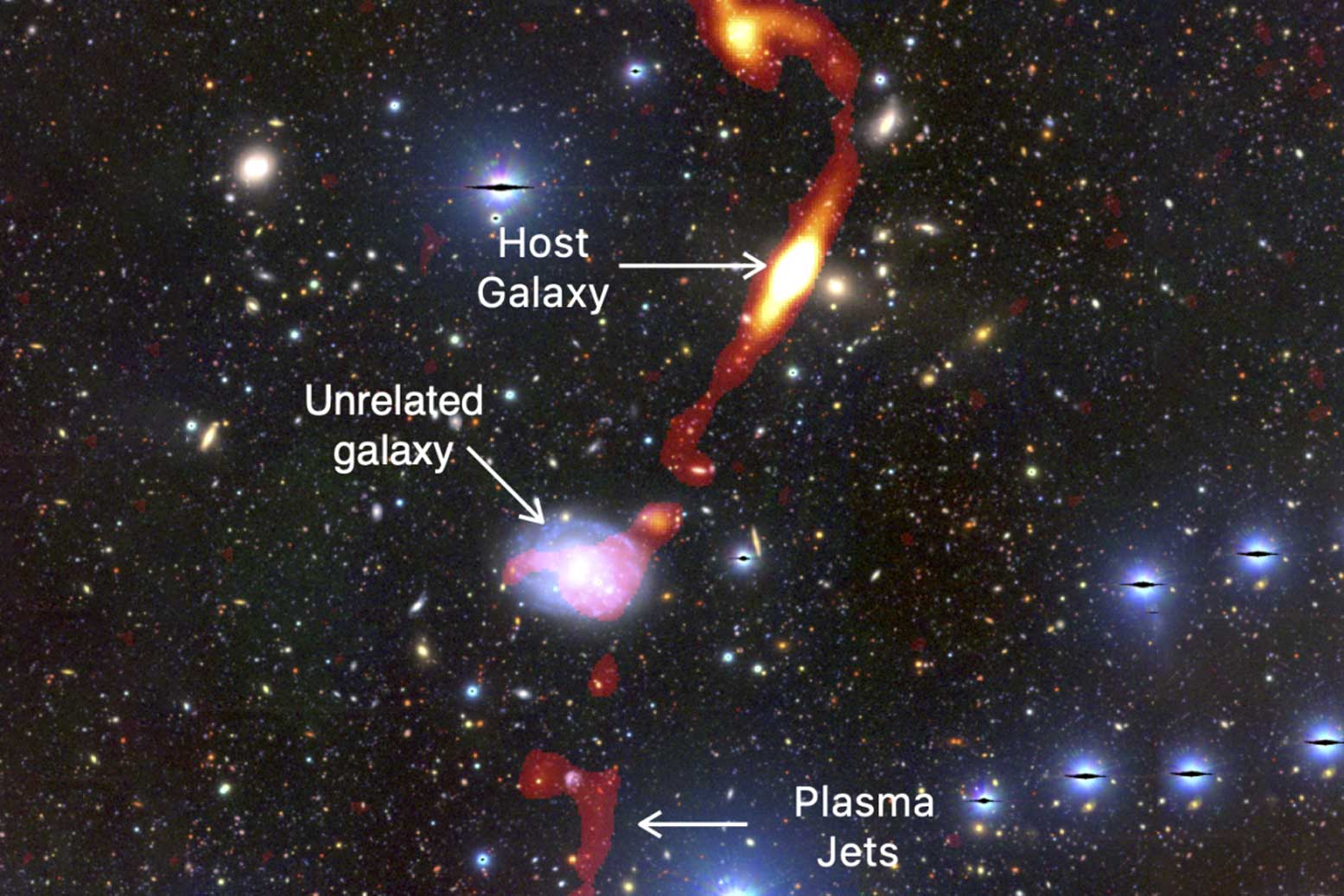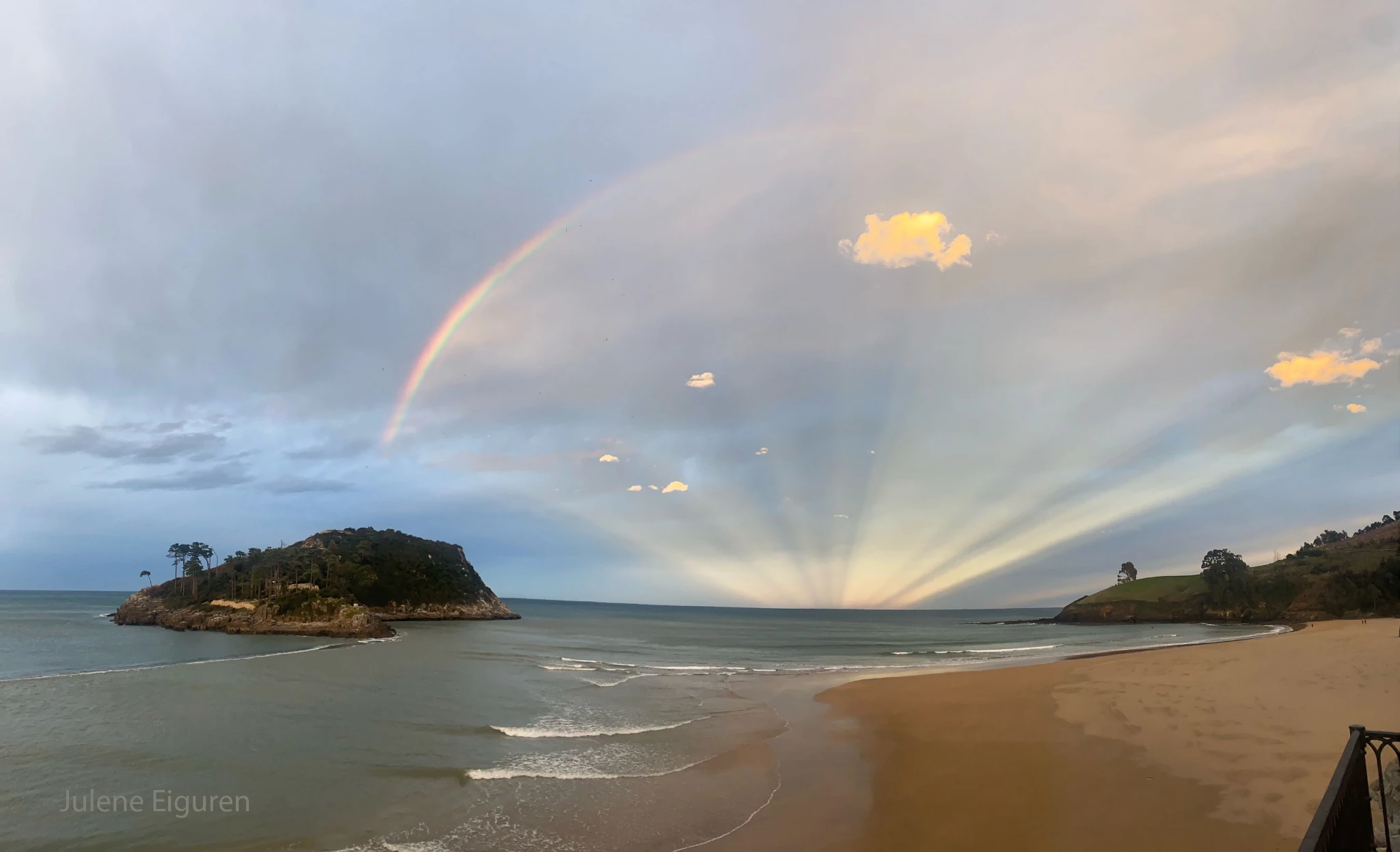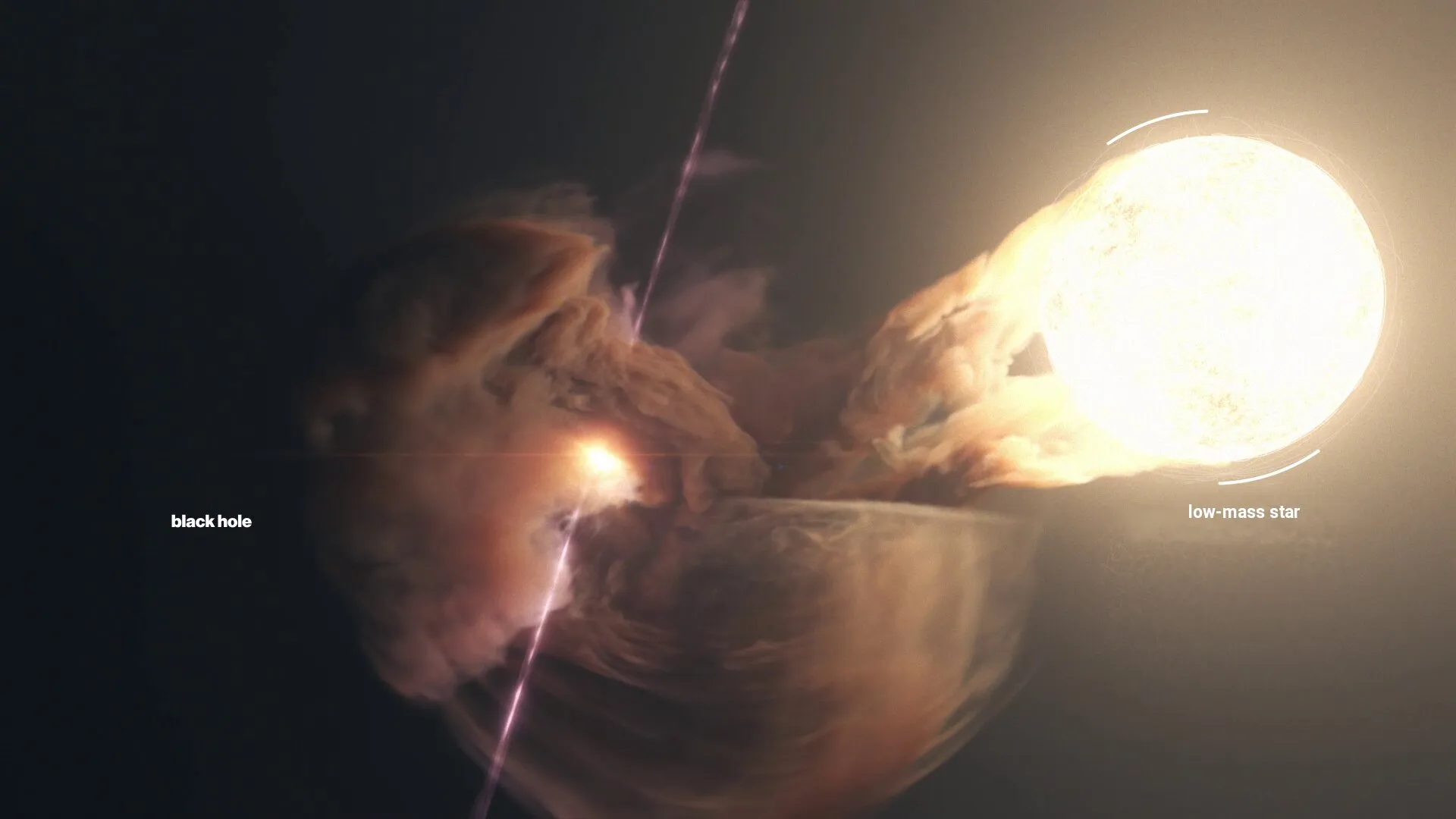science
15662 readers
810 users here now
A community to post scientific articles, news, and civil discussion.
rule #1: be kind
<--- rules currently under construction, see current pinned post.
2024-11-11
founded 2 years ago
MODERATORS
1
2
3
6
Pregnancy complications put sister of women at increased risk of cardiovascular disease
(www.techexplorist.com)
4
5
6
7
8
9
10
11
12
8
New clues delve into the age-old question: Does a duck always look like a duck and quack like a duck?
(www.techexplorist.com)
13
14
15
107
The Human Brain May Contain as Much as a Spoon's Worth of Microplastics, New Research Suggests
(www.smithsonianmag.com)
16
17
18
19
20
21
22
84
Anticrepuscular Rays: A Rainbow Fan over Spain - Astronomy Photo of The Day
(storage.science.social)
23
263
CDC orders its scientists to withdraw new papers to hunt out ‘forbidden terms': reports
(www.huffpost.com)
24
25
view more: next ›
